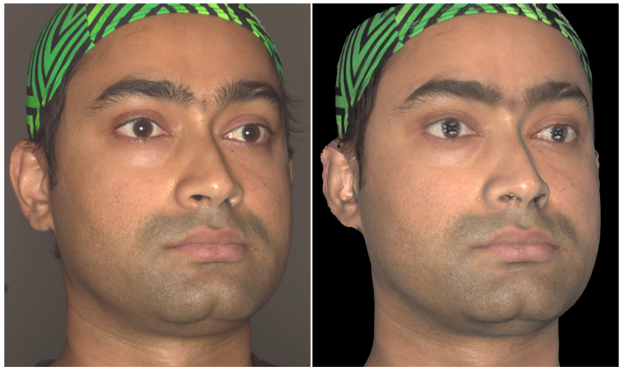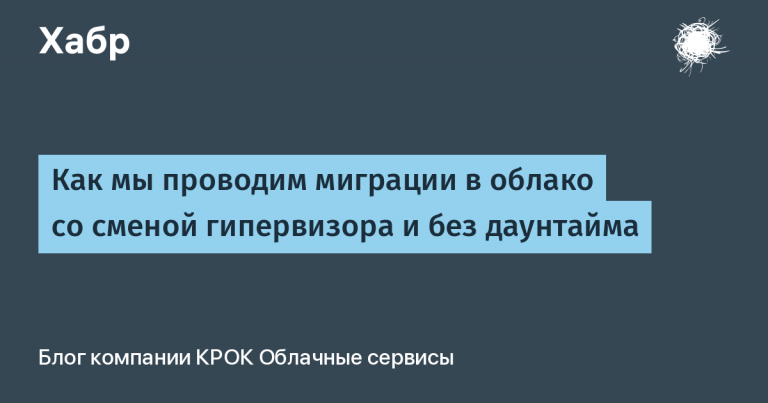Technical support. How it works in Yandex Plus
Hello! My name is Danil Glushkov, I am the head of technical support at Plus (Yandex Funtech). In this post I will tell you about our work.
We deal with technical issues related to the use of the service (assistance in using functions and capabilities, as well as solving technical problems), including being an entry point for questions and requests into product development.
For starters, a little “before” and “after”.
How it worked before us:
customer support referred problems and questions to development through tasks in the task tracker;
there was a single duty queue, where each person on duty, in their free time from grocery tasks, looked at and resolved customer support reports;
if there was a specific problem, the task was escalated to the general development queue to solve the problem within the sprint;
If solving a problem took 1–2 hours, it was all resolved within the framework of the duty queue.
What were the problems here:
SLAs that are too long to resolve requests;
large task backlog;
problems could not be resolved for months (crits were always resolved immediately, but ordinary issues could lie longer).
What problems began to be solved from the first day of creating technical support:
improving communication between customer support and development;
creating a knowledge base, as well as describing solutions to typical problems;
agreeing on service SLA;
organizing the process of working with the backlog from the development side;
reducing the percentage of reports from customer support and working with their knowledge;
creating a development path for customer support employees.
What now:
All requests are processed by technical support;
divided the flow by the number of platforms, followed by division into products and services:
the incoming flow was moved to a separate queue, and each service had its own separate duty queues.
What advantages did you receive immediately after connecting to technical support:
thanks to a single entry point, we were able to quickly expand our knowledge base, and after just four months of technical support, the percentage of independent resolution of incoming requests was 62%;
By enriching our own knowledge base and creating tools for the solution, we were able to enrich the knowledge of customer support in cases where there are no bugs and the participation of technical support or development is not required, which made it possible to reduce the percentage
reduction in incoming tasks and questions from customer support – in the first 7 months their share decreased to 50%;
began to keep agreed SLAs within an acceptable error of 10%.
Now let's take a closer look.
What exactly do we do
Let me briefly tell you who we are and what we do. We have three teams:
technical support team;
regression testing team;
operations management team.
Support is a single entry point into development, so all incoming requests are processed (it doesn’t matter whether it’s a question or a problem, we will process everything. And even if the question is not related to our service, we will help the person get to the right one). The support team also integrates and supports Plus partners, writes documentation for themselves and customer support, and develops tools to more quickly resolve end-user problems.
Testing team assists product development teams with regressions and helps in writing test cases. This is a new functionality for us, where we replaced assessors.
Spoiler – this functionality has become an excellent development vector for supports.
Operations Management Team develops, improves and develops processes for all technical support. This team is also looking for areas to improve the quality of services provided (we treat technical support as a product that provides services) and is working with auxiliary business processes (more on this later).
Briefly, something like this, without this context it would be difficult to further dive into the details of our lives.
What makes our team special?
It's simple – we easily adapt to business needs so that users receive new features and a high-quality product, while product teams devote maximum time to the product.
Fresh example
At the end of 2023, we started doing regression testing. First, as part of a pilot, as a result of which we joined four product teams. We save these teams about 77 hours of work time per week on regressions. It is important to understand here that savings come from moving away from working with assessors to working with technical support. For example, one of the product teams had assessors who completed regression testing in 17 hours. The guys and I complete it in 7 hours.
This is quite a serious difference, and beneficial for Plus.
In addition to processing incoming messages of various kinds and regression testing, we actively help with writing documentation. We can either write documentation from scratch or reformat documentation for a particular process.
We are also engaged in process optimization. We take this process into our own hands, look at how everything works, and look for where and what can be accelerated or automated. Somewhere we write new tools and scripts by hand to make everything work better. Moreover, at the same time, we immediately describe this in the documentation (that is, we write documentation for the required process from scratch). Of course, with screenshots and so on – in general, we do everything so that a person who is touching this for the first time can understand everything without any problems. De facto, these are custom “turnkey” processes.
And one more example. Yandex has a Tracker – it is essentially a task manager. The tool is not only internal, but also external within the Yandex Cloud service (perhaps some of you use it). So, our team is also engaged in automating the Tracker where developers, managers and we would like to add something in this regard, but the Tracker out of the box did not anticipate such wishes. Custom statistics, automation of work with tasks within our service – this is for us.
Results
Results of our team since its creation in February 2022 to date. First six months:
We have accumulated our own knowledge base from scratch, including, based on the acquired expertise, we have opened a hiring position for support and share knowledge with other parts of the supported services.
We reduced the accumulated backlog at the beginning of 2022 to zero.
We prepared a roadmap for the growth of customer support employees, and also prepared a guide to competencies for moving into technical support.
We started collecting statistics and calculating SLAs.
We organized a process in which customer support can ask any questions about the work of Plus.
Additionally, we carried out a set of activities to increase customer support’s knowledge about the Plus device and the operation of our development.
Overall results for 2022
At the end of 2022, 41 development work days were saved.
In 2022, 1,931 appeals were resolved.
The average percentage of escalation into development was ~30%.They began to notify Plus management about incidents involving users, as in the process they became incident management coordinators.
We transformed from an experiment with one person into a full-fledged service with a staff of 5 people.
We support individual teams, but not entire platforms.
Results of 2023
Two support lines in each team – L1 and L2.
We support all product development platforms + some product and operational tasks.
There are 10 people in the team who care, but the most important thing is that 8 of them are former Plus customer support employees.
15,000 resolved requests and 93% solutions by technical support.
The SLA for processing requests was reduced by 2 times at the beginning of Q4 (it was 8 hours, now it is ~3.5 hours)
Results of the first 6 months of 2024
team of 20 people;
separate areas of testing in technical support;
We do custom baghunting and create custom processes;
We independently automate processes, collect statistics, and so on;
We independently develop and launch tools to reduce solution time, and also create them for customer support, so that colleagues answer and resolve our users’ questions faster
About our employees
We try to develop Plus employees, but we are always ready to consider candidates from outside. But now it so happens that there are 22 people in the team, and 20 of them are former Plus customer support employees.
Two more are not from Plus – me and the head of the operational management team, she and I came to Plus from the Market.
Now each development platform has its own technical support group, within the group there are teams – technical support and testing. The leads of these groups are our very first employees, who in the past were customer support (here I would like to say a special thank you to them for their desire to grow and develop).
All employees who came to us from customer support are satisfied with current projects and tasks, and also demonstrate high productivity and involvement in the life of our team.
At the same time, the support team has developed and applied a strategy for continuous growth depending on the results and desires of the employee himself. As soon as from a business point of view we need to expand teams outside of support, we give technical support the opportunity to grow further into projects, leads or testing.
Conclusions
In general, this is how technical support works in Yandex Plus. I tried to describe everything in detail, but if you have any questions, just ask in the comments.





